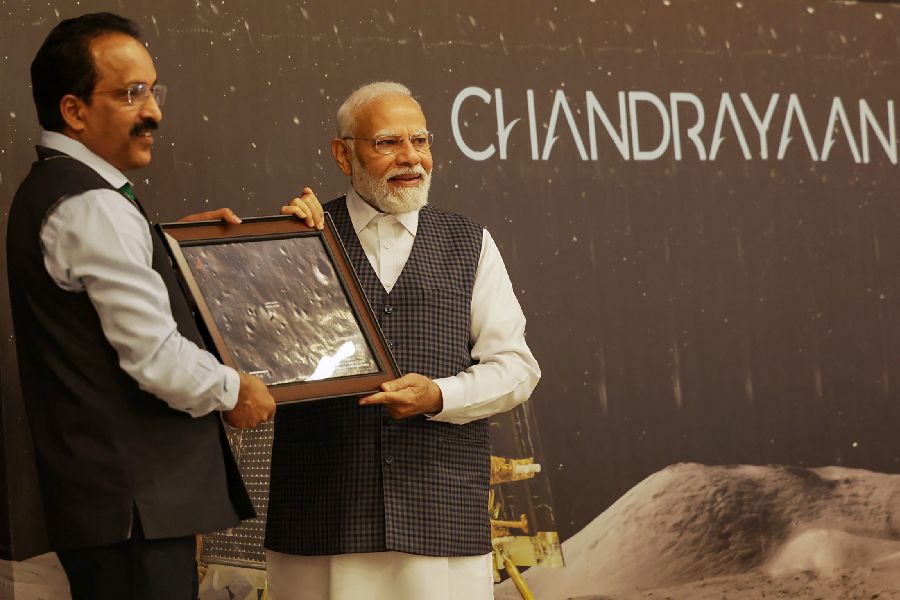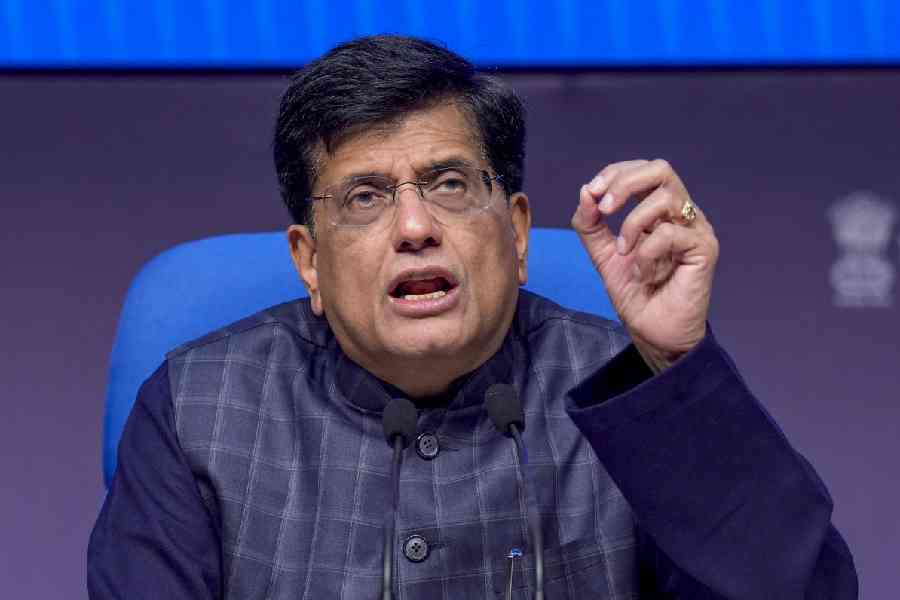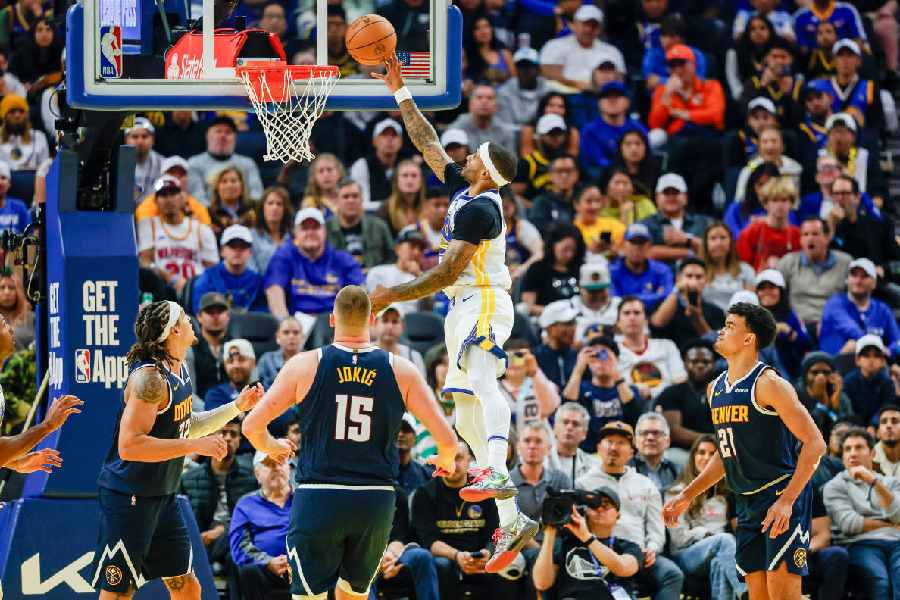“You know, due to unsuccessful landing of Chandrayaan-2 on the Moon, the morale of all scientists shook, they were very sad. The Prime Minister of our country, Shri Narendra Modi, boosted the courage of our scientists and asked them to try once more. All scientists together tried and improved their work by learning from the past experience, so that the ‘lander’ could successfully land on lunar surface by the launcher.”
So says an interactive module prepared by the National Council of Educational Research and Training (NCERT) for nursery and Class I and II children and released by the Modi government on Tuesday. The wording, several space experts said, gives the impression that the Chandrayaan-3 mission was possible because of the encouragement of the Prime Minister, which is against Isro’s track record of never giving up after failure.
The special supplementary reading modules on the Chandrayaan mission have been brought out by the NCERT, which prepares school textbooks, for children from the foundation, preparatory, middle, secondary and senior secondary sections. They were released by education minister Dharmendra Pradhan at a programme in the presence of Indian Space Research Organisation (Isro) chairman S.P. Somanath.
The module for the foundation stage is an interactive document where the teacher initiates a discussion with the children and tells them about Chandrayaan.
One of the modules for the secondary stage says Modi had a crucial role in the success of Chandrayaan-3. “The leadership of Hon’ble Prime Minister Shri Narendra Modi played a crucial role in the triumph of Chandrayaan-3 and landed our country’s name on the surface of the moon,” it says.
A space analyst who did not wish to be named said the text created the impression that the third Moon mission was possible because of the Prime Minister and was not in consonance with Isro’s performance record.
He said the Satellite Launch Vehicle launched by Isro in 1979 had failed. But the agency tried again the next year and was successful. Isro’s Augmented Satellite Launch Vehicle failed in 1987 and again in 1988, but was launched successfully in 1994. Isro’s Polar Satellite Launch Vehicle failed in 1993, but was successfully launched in the next attempt the following year.
“After every failure, Isro never gave up. But the text in the NCERT module creates the impression that Chandrayaan-3 was launched only after the Prime Minister asked the scientists to try once more. This may not be matching Isro’s track record,” the space expert said.
The module has pictures of Chandrayaan-3 on the Moon’s surface, the Prime Minister’s joining the live telecast of the launch and his interaction later with scientists at the Isro headquarters in Bangalore.
Another module for middle school children seeks to provide information on India’s traditional knowledge related to space, appearing to mix science and mythology.
“Did scientific achievement happen only now?... Literature tells us that it can be traced back through Vymaanika Shastra: ‘Science of Aeronautics’, which reveals that our country had the knowledge of flying vehicles in these days,” the module says, adding: “This book has mind boggling details of construction, working of engines and gyroscopic system.”
“The Vedas, the oldest of Indian texts, makes a mention of various gods being transported on wheeled chariots pulled by animals, usually horses, but these chariots could also fly,” the module adds.
The module refers to Pushpak Vimaan, a floating chariot mentioned in the Ramayana.
“It was created by Vishwakarma, the chief architect of gods, out of the dust from the Sun for Brahma. Brahma gave it to Kuber. When Ravana took over Lanka from Kuber, it was used by Ravana as his personal vehicle,” the module says.











